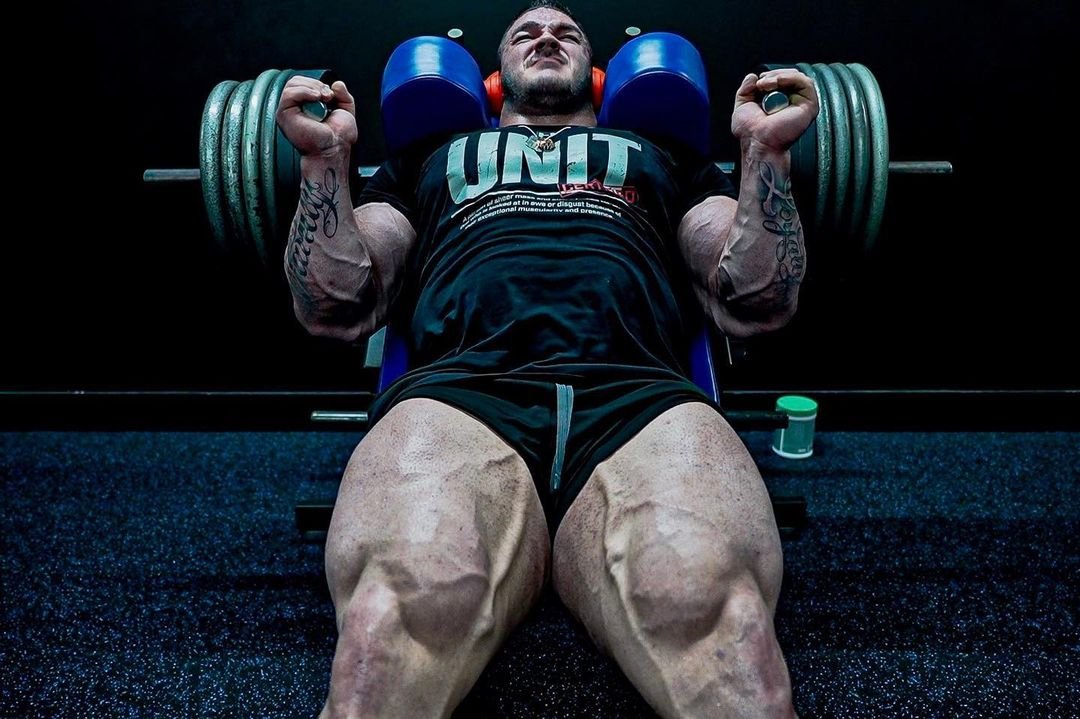Understanding Anabolic and Catabolic Functions for Muscle Growth in Bodybuilding: The Science Behind It
Samson Dauda
Introduction
Bodybuilding is a sport that requires an understanding of how the body's anabolic and catabolic functions work to achieve optimal muscle growth. In this blog post, we will explore the science behind anabolic and catabolic functions and how they affect muscle growth in bodybuilding.
Anabolic Function
Anabolic processes involve building and repairing tissues in the body, including muscle tissue. During anabolic processes, the body uses energy to synthesize new molecules and repair damaged ones. In bodybuilding, anabolic processes are essential for muscle growth. This is because muscle growth occurs when muscle fibers are damaged through weightlifting and then repaired and rebuilt stronger during recovery. Anabolic hormones, such as testosterone and growth hormone, play a crucial role in muscle growth by promoting protein synthesis and enhancing recovery.
Nick Walker
Catabolic Function
Catabolic processes involve breaking down tissues in the body to release energy. During catabolic processes, the body breaks down molecules, such as glycogen and fat, to release energy for use. While catabolic processes are essential for providing energy during physical activity, excessive catabolism can lead to muscle breakdown and hinder muscle growth in bodybuilding. The hormone cortisol is a key player in catabolic processes and can lead to muscle breakdown when levels are too high.
Balancing Anabolic and Catabolic Functions for Optimal Muscle Growth
To achieve optimal muscle growth in bodybuilding, it is essential to balance anabolic and catabolic functions. This means creating an environment in the body that promotes muscle growth while minimizing muscle breakdown. This can be achieved through proper nutrition, training, and recovery. Eating a diet high in protein and carbohydrates can provide the body with the necessary nutrients to promote muscle growth. Training with heavy weights and incorporating compound exercises can stimulate anabolic hormones and promote muscle growth. Adequate rest and recovery are also crucial for minimizing catabolic processes and promoting muscle repair and growth.
Hadi Choopan
Conclusion
Anabolic and catabolic functions play a significant role in muscle growth in bodybuilding. Understanding the science behind these processes can help bodybuilders create a training and nutrition plan that optimizes muscle growth while minimizing muscle breakdown. By balancing anabolic and catabolic functions through proper nutrition, training, and recovery, bodybuilders can achieve their muscle growth goals in a healthy and sustainable way.
Bodybuilding Picture Trivia Game




